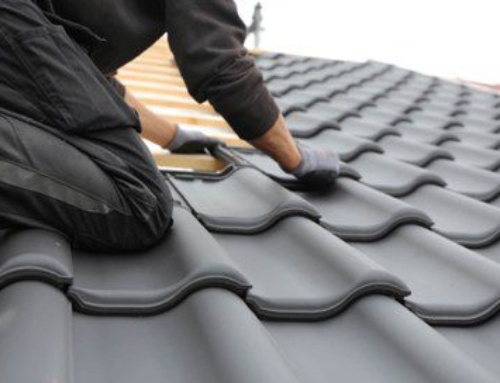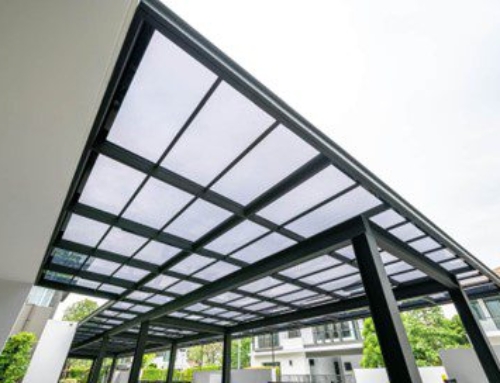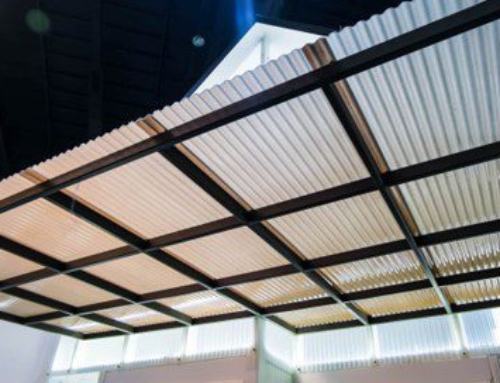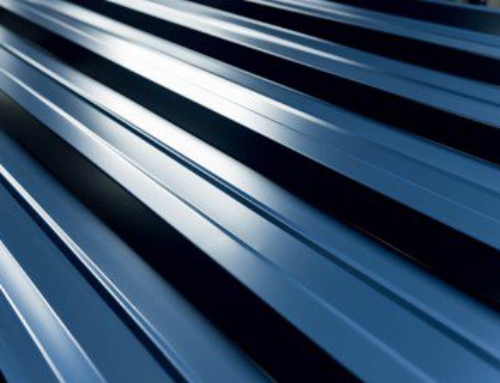
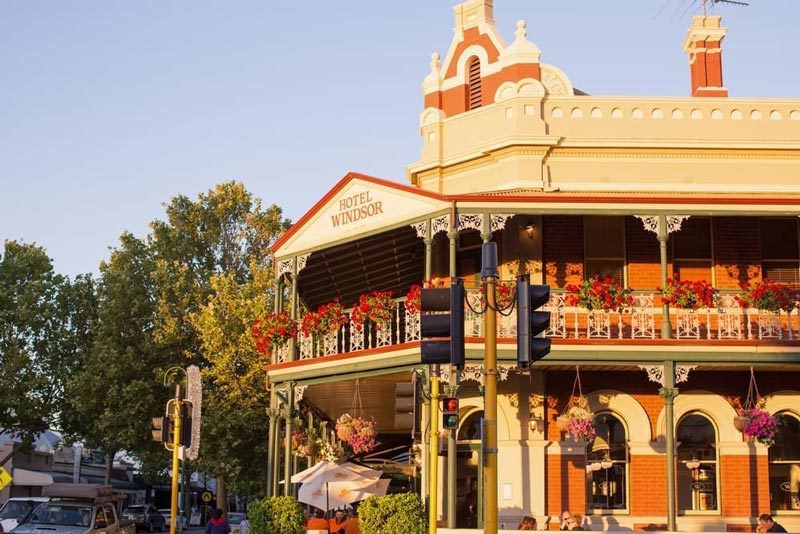
Heritage Roofs and Their Special Care
Certain neighbourhoods or individual buildings are designated as ‘heritage’ if they serve as important links to Australia’s architectural or cultural history. By protecting these buildings and preserving them, in essence, we maintain that connection to the past for future generations.
What this means for people who live in heritage listed homes is some additional restrictions and guidelines for the kinds of changes you are able to make to the building, including to the roof. If you are repairing or restoring the roof of a heritage home, we’ve put together a list of the things you’ll need to think about.
Installation Requirements
Many heritage buildings will require you to undertake any repairs or new roof installations in tiles, due to how common this roofing material was in the past. Covering your roof with tiles requires quite a bit of labour and time. Not only does the structure need to be stronger to take the weight but tiled roofs require more ongoing maintenance than metal roofs. This is something to consider when purchasing a heritage home with a tiled roof.
Luckily, metal roofing is not uncommon in heritage buildings that are slightly more recent. Corrugated metal is particularly common, as this has been a popular roofing material in Australia for more than 150 years. Metal roofing is much more convenient as the roofing material is available in full-length sheets, is lower maintenance, stronger and more durable against storms.
Understand Your Local Regulatory Requirements
Before undertaking any work on a heritage home, you should look into the specific council regulations for your area. Generally, one of the key things you’ll need to do is maintain a particular colour palette for your roof. Luckily, this is quite easy with products like Unicote pre-painted steel, providing a huge range of coloured metal roofing. They even have specific colours designed to match particular heritage looks.
The other common consideration is the overall look of the roof. The most common profile you’ll be required to use for metal roofs is corrugated steel. This is a standard profile that most sheet metal providers will offer as a solution.
Don’t Overlook Gutters
As well as getting the roofing materials right, you’ll also need to think about metal gutters and steel fascia. These need to be of a matching material and a design that fits with the originals. Of course, you don’t need to go too far – many old gutters and drainpipes contain lead in the soldered joins, but this could contaminate any drinking water you harvest and the soil in your yard. Instead, use silicone while maintaining the original look as much as possible. Some gutter and fascia profiles will no longer be available so it is best to find the closest possible solution in that case.
Downpipes and Fixtures
Downpipes are the drainage pipes that run from the gutter system down the side of the house to the water distribution system, either a drainage system or into a rainwater tank. For heritage homes in Brisbane, downpipes should be metal with a round or rectangular form to match the original profile. They should also match the visual look and decoration of the gutter materials and any decorative elements.
Getting the Sheet Length Right
Corrugated metal roof sheets traditionally came in short lengths from 1,160mm to 3,000mm. Modern manufacturing and roofing techniques mean sheet metal for roofs can be much longer without any warping or quality loss. That means to match the look of the original roof, you’ll need short sheets custom made to match the existing lengths of the heritage roof and ensure a perfect match.
Contact Rollsec to find out the best option for installing short sheets on your roof while avoiding the associated corrosion problems, so you can maintain the visual look of a heritage home.
For expert advice, call 07 3041 4980 or make an online enquiry.

